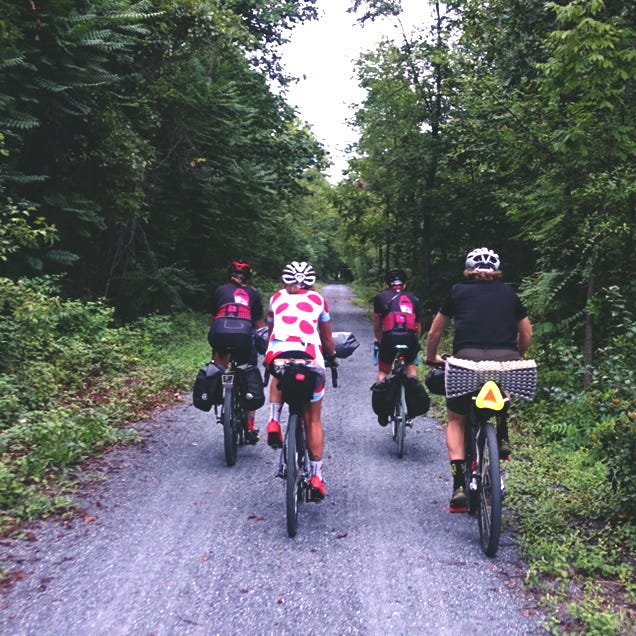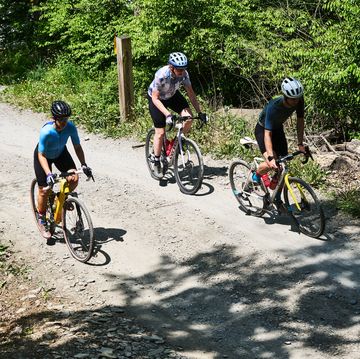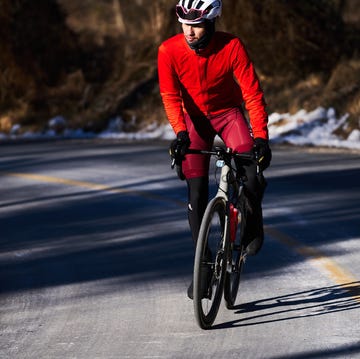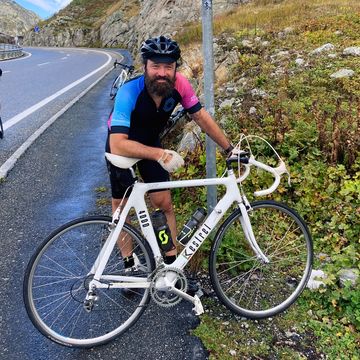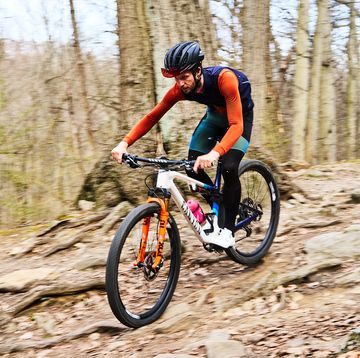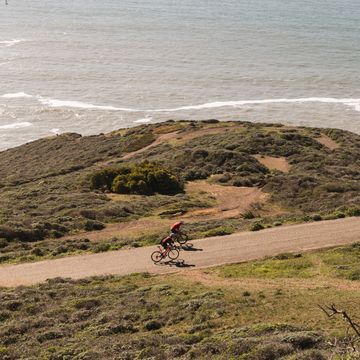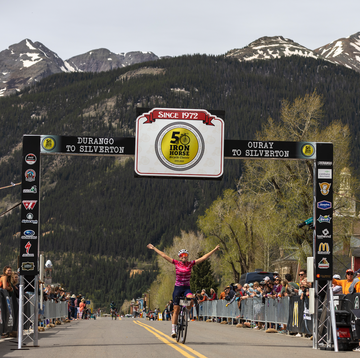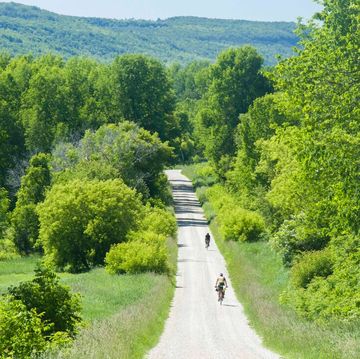With the help of New York Gov. Andrew Cuomo, the Empire State is on the cusp of turning itself into a major bike touring hub.
Cuomo recently announced the Empire State Trail proposal during his State of the State tour last month. It would include 350 miles of multi-use path to connect the Hudson River Valley Greenway and Erie Canalway trails with New York State Bike Route 9—resulting in a 750-mile trail running from New York City up to the Canadian border near Buffalo.
RELATED: The 10 Best Car-Free Bike Paths in the US
If approved, the trail would become the largest single-state multi-use trail in the nation. It would cost approximately $200 million; most of the land is already owned by the state, so the majority of the expense will come from construction. Building, grading, and paving all 350 miles of trail would take place in three phases, with an anticipated completion date in 2020. (Start counting down the days with the 2017 Bicycling Calendar!)
One main incentive for the project is its potential to increase local tourism, which officials say could produce $1.5 to 5 million in local economic impact. Cuomo noted that multi-use trails have been shown to increase property values, create jobs, and boost tourism industries in areas that sorely need it. To that end, New York will release a supplementary map app that plugs riders into local B&Bs and restaurants along the route.
"You could run, you could bike, you could walk... You could make it an entire vacation," he said.
RELATED: Tour Forever on These Awesome Rail Trails
Cuomo believes the trail won't just improve tourism, but could also promote health and wellness in the state, as well as help protect the environment.
Leading up the the trail's completion, cyclists in the area can enjoy the majority of the Hudson River Valley Greenway and Erie Canalway trails, which are 50 and 80 percent complete respectively. Those looking for more multi-use paths should consider heading to sections of the East Coast Greenway, which will run 2,900 miles from Key West, Florida, through Calais, Maine, when finished; it's on track to become the longest continuous multi-use trail in the country.
